On the International Holocaust Remembrance Day, marking the liberation of the Auschwitz concentration camp in Poland, the victims of Nazi atrocities are also remembered in Estonia. We look back at the history of the once vibrant Jewish community in Estonia.*
Prior to the Second World War, Estonia had a small but flourishing Jewish community. There are, in historical archives, records of individual Jews being in Estonia as early as the 14th century. But the permanent Jewish settlement of Estonia did not begin until the 19th century, when the Jews were granted the right to enter the region by a statute of Russian Tsar Alexander II in 1865. Jews with higher education, or who were skilled artisans or successful merchants, were allowed to settle in Estonia and other parts of the Russian Empire.
Jewish cultural associations were established, as were Jewish congregations and houses of worship. The largest synagogues were built in Tallinn in 1883 and Tartu in 1901. Both of these were eventually destroyed in the Second World War, during the Soviet bombing raids of March 1944.
In 1913, there were 5,000 Jews living in Estonia, of whom 2,000 lived in Tartu and 1,100 in Tallinn. At least 180 Estonian Jews, 70 of them volunteers, fought in the War of Independence (1918–1920) to help establish the Republic of Estonia.
The creation of the Republic of Estonia in 1918 marked the beginning of a new era in the life of the Jews. From the very first days of her existence as a state, Estonia showed tolerance towards all the peoples inhabiting her territories.
The Jewish cultural autonomy
In 1925, the Act of Cultural Autonomy for Ethnic Minorities was enacted in Estonia, giving minority groups consisting of at least 3,000 individuals the right of self-determination in cultural matters. Financial support was provided by the state.
Thus, in 1926, the Jewish cultural autonomy was declared – first of its kind in the world. For its tolerant policy towards Jews, a page was dedicated to the Republic of Estonia in the Golden Book of the Jewish National Fund in 1927.
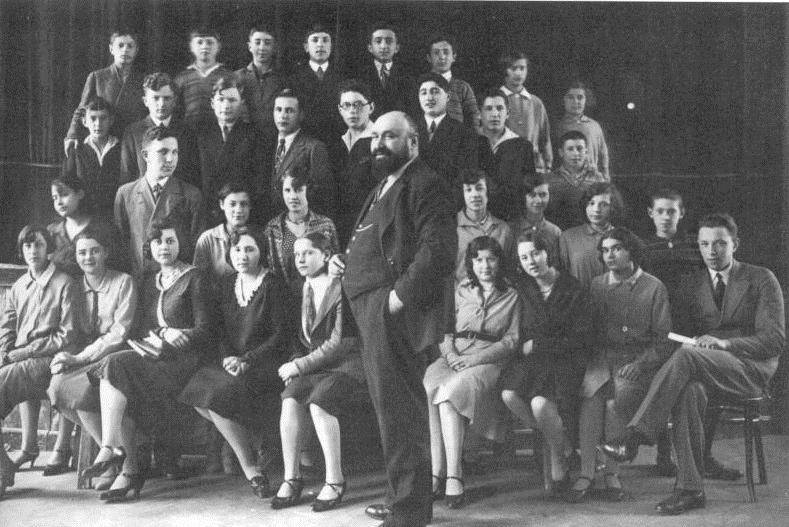
In the 1930s, there were over 4,300 Jews living in Estonia. In 1939, there were 32 different Jewish organisations active in Estonia. Sadly, the history took a wrong turn.
With the Soviet occupation of Estonia in 1940, Jewish cultural autonomy, in addition to the activities of Jewish organisations, was terminated. The teaching of Hebrew and Yiddish, as well as lectures on Judaism and Jewish culture, were banned. All Jewish schools were closed and 414 Estonian Jews (10 percent of the Jewish community) were deported to Siberia in the course of the mass deportations of June 1941.
Holocaust
Worse was to come. During the German occupation (1941–1944), the Nazis murdered approximately 1,000 Jews who had failed to flee Estonia (most had escaped to the Soviet Union before the Nazi occupation).
In early 1942, Estonia became one of the very few countries that was called “Judenfrei” (free of Jews) by the Nazis. This was a term to designate an area “cleansed” of Jewish presence during the Holocaust.
In addition to the Estonian Jews who were murdered by the Nazis, about 10,000 Jews were transported to Nazi concentration camps in Estonia from other parts of Europe. Only handful of them survived.
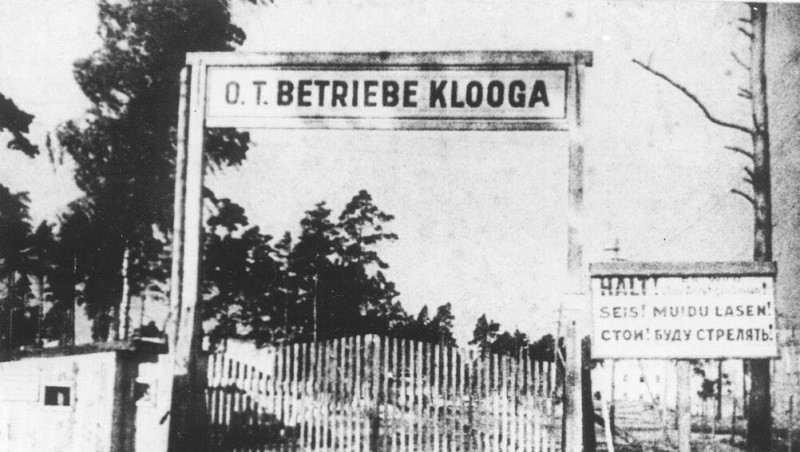
There were also some Estonians who collaborated with the Nazis and participated in the unprecedented atrocities committed against the Jewish people. Approximately 1,000–1,200 men of the Estonian Home Guard took part in the round-up, guarding or killing of Jews in Jägala, Vaivara, Klooga and Lagedi concentration camps in Estonia.
The Jägala camp was set up in the autumn of 1941 by three Estonian men – Ain-Ervin Mere (a member of the Nazi-controlled Estonian Security Police), Aleksander Laak and Ralf Gerrets. Laak was in charge of the camp, while Gerrets was his deputy.
On 5 September 1942, a train with approximately 1,500 Jews, transported by the Nazis from Czechoslovakia, arrived to the Raasiku railway station in Estonia. Mere, Laak and Gerrets personally selected who of the prisoners should be immediately executed and who should be moved to the Jägala camp. More than 1,000 people, mostly children, the old and the infirm, were transported to a wasteland at Kalevi-Liiva where they were executed in a special pit.

Gerrets and Jaan Viik, another Estonian and a guard at Jägala camp, were tried in 1961, in the Soviet-occupied Estonia. Viik was, among other atrocities, accused of throwing small children into the air and shooting them; he did not deny the charge. The Supreme Court of the Estonian SSR found both guilty and sentenced them to death in the same year.
At the same time, there were many Estonians who risked their own lives to save the Jewish people from the Nazis, one notable example being the writer and academic Uku Masing.
Escaping Soviet anti-Semitism
During the second Soviet occupation (1944–1991), many Jews, among them many intellectuals such as Yuri Lotman (founder of the Tartu-Moscow Semiotic School), migrated to Estonia to escape the anti-Semitism prevalent in many parts of the Soviet Union.
In many places in the Soviet Union, the Jews often had difficulties gaining admittance to institutions of higher learning, especially in bigger cities. If young Jews were unable to find chances for furthering their education or for obtaining suitable employment in their home towns, they did not encounter such problems in Estonia.
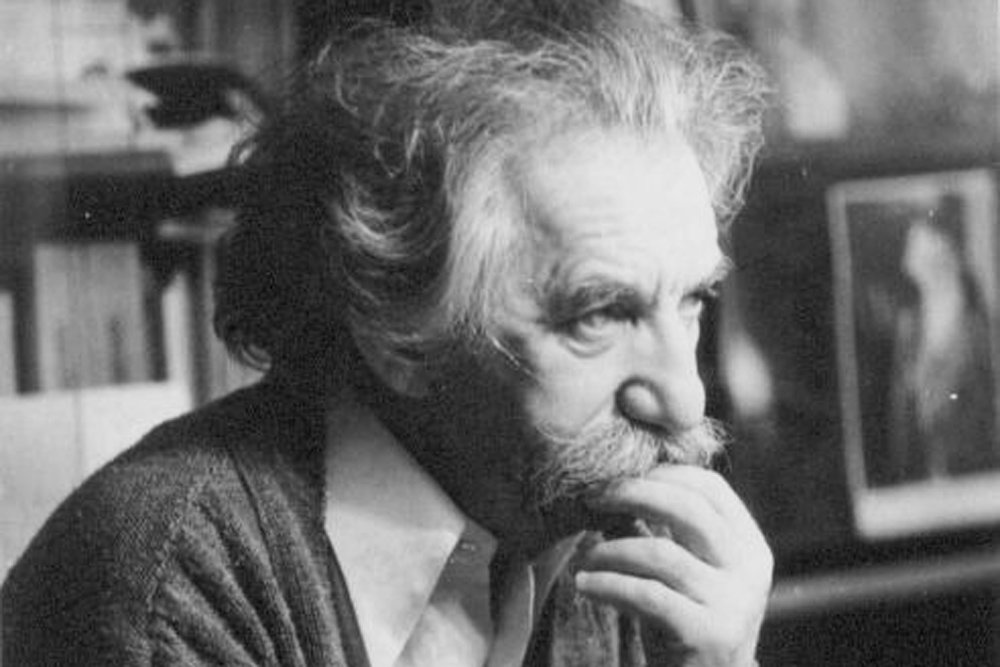
By 1960, 5,500 Jews were living in Estonia, about 80 percent of them in Tallinn. There was, however, no rebirth of Jewish cultural life, because of the Communist Party’s hostile policies towards the Jews. From 1940 until 1988, the Estonian Jewish community, as elsewhere in the Soviet Union, had no organisations, associations nor even clubs.
Jewish community awakens again
At the end of the Soviet occupation the situation changed for the better again. In March 1988, the Jewish Cultural Society was established in Tallinn.
After the restoration of Estonia’s independence in 1991, the Jewish Cultural Society was reorganised and the Jewish Community was established in 1992. The Tallinn Jewish School was re-opened in 1990, being the first school for a national minority to be established in the restored Republic of Estonia.
Currently, the Jewish Community in Estonia consists of about 2,000 people. In 2007 a new synagogue was opened in Tallinn – it was the first synagogue to open in Estonia since the Second World War.
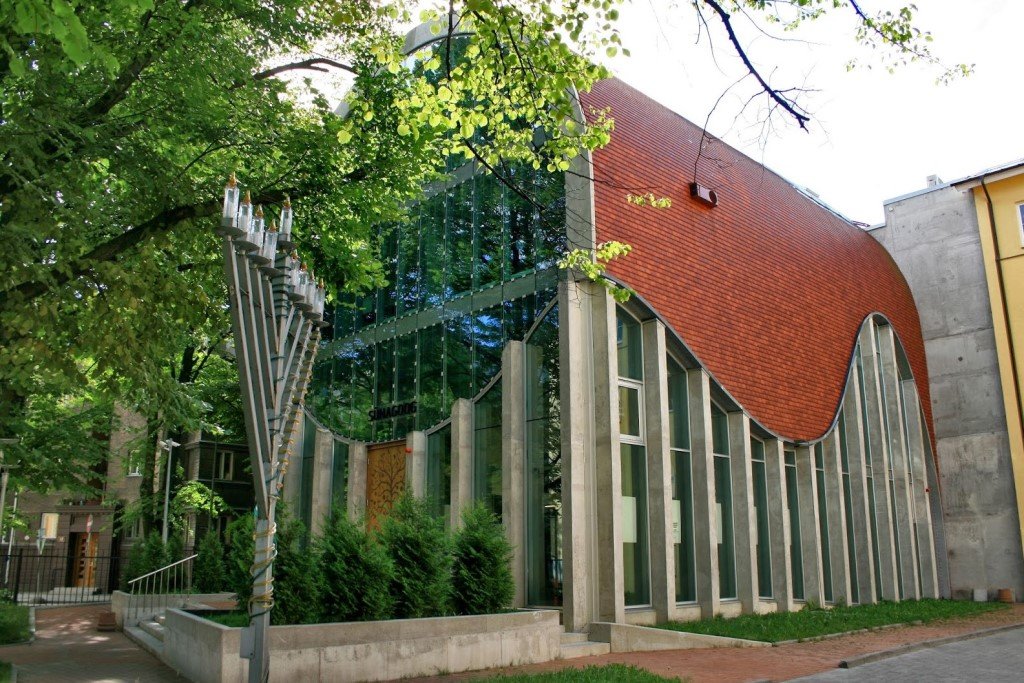
Remembering all the victims
The International Holocaust Remembrance Day, 27 January, is a worldwide memorial day for the victims of the Holocaust, the genocide that resulted in the annihilation of six million Jews, two million Roma people, 15,000 homosexual people and millions of others by the Nazi regime and its collaborators. The date marks the day on 1945, when the largest Nazi death camp, Auschwitz-Birkenau in Poland, was liberated by the Soviet troops.
Estonia has been officially observing the International Holocaust Day since 2003 and the main remembrance ceremony usually takes place at the site of former concentration camp in Klooga near Tallinn, where 2,000 people were executed.
Cover: Tartu synagogue, built in 1899, destroyed in 1944. * This article was originally published on 27 January 2016, updated and lightly edited on 26 January 2022.

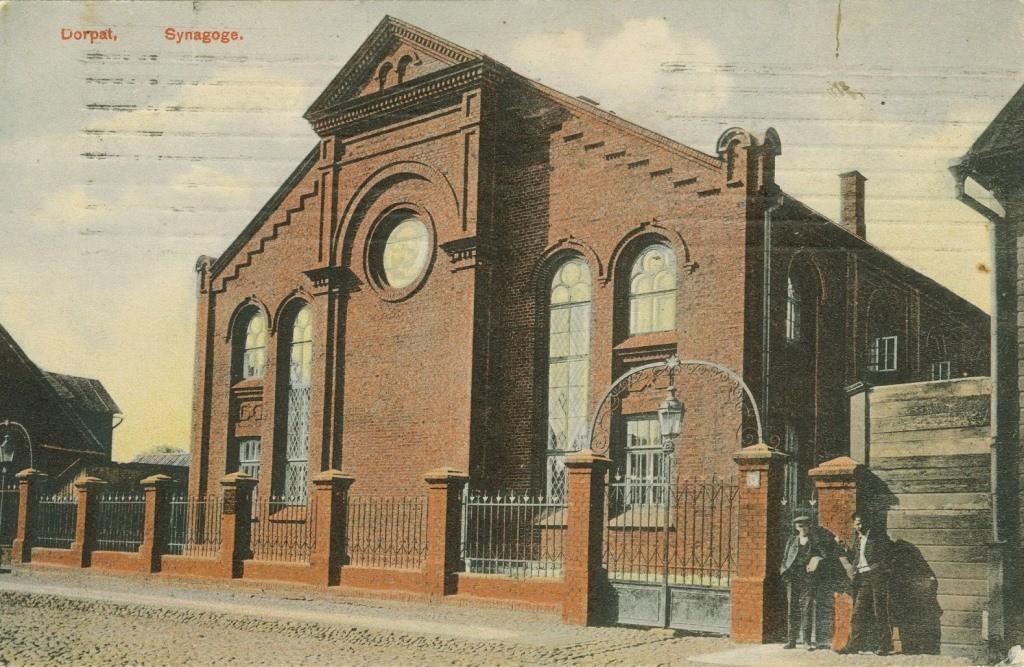
This article has forgotten all the atrocities committed by the communist jews against the Estonian people.
You are an anti-semitic dog.
Kuu: I’m not looking to call you names like Fritz did, but to sincerely try to convince you.
Are you implying that all (or most of) the communists were Jews or that most of the Jews were communists?
Do you want separate commemorations of Estonians being killed by Communist Jews vs Communist Estonians or Communist Russians? Or you’re just concerned about the Jews?
How about Communist Georgians? There’s one particular Communist Georgian I can tell you about who killed millions, not just Estonians. Do you hate Georgians?
And as for the Jewish Communists, who I grant you were rat bastards like the rest of the Communists, do you think they were the ones who stayed behind in Estonia in 1941 and got killed by the Nazis? Or maybe, just maybe, the Estonian Jews killed by the Nazis stayed because they were either apolitical Joe Schmoes (or Yosef Schmoesteins) and couldn’t get on the trains to Russia, or hated the Communists and didn’t want to go with them (fatally disbelieving at that point that the Germans could be so bad)?
Here’s another thing I wonder: do the people who hate Jews because they’re Communists get together with the people who hate Jews because they’re Capitalists and exchange notes? Or do they argue about which group is right about the reason for hating Jews?
Does the Estonian Museum of the Occupation still have the video about the Nazi occupation, which makes it seem like the best period was between 1940 and 1990, when Estonians were happy and with a local farmer talking about the happy times local Estonians enjoyed with the Jews at the Klooga camp?
I visited in 2004, so maybe by now they’ve had time to reconsider.
An excellent well balanced article in my view. I still remember the shock I felt learning that my native country was the model country at the Nazi Wannsee Conference of 1942. https://en.wikipedia.org/wiki/Wannsee_Conference